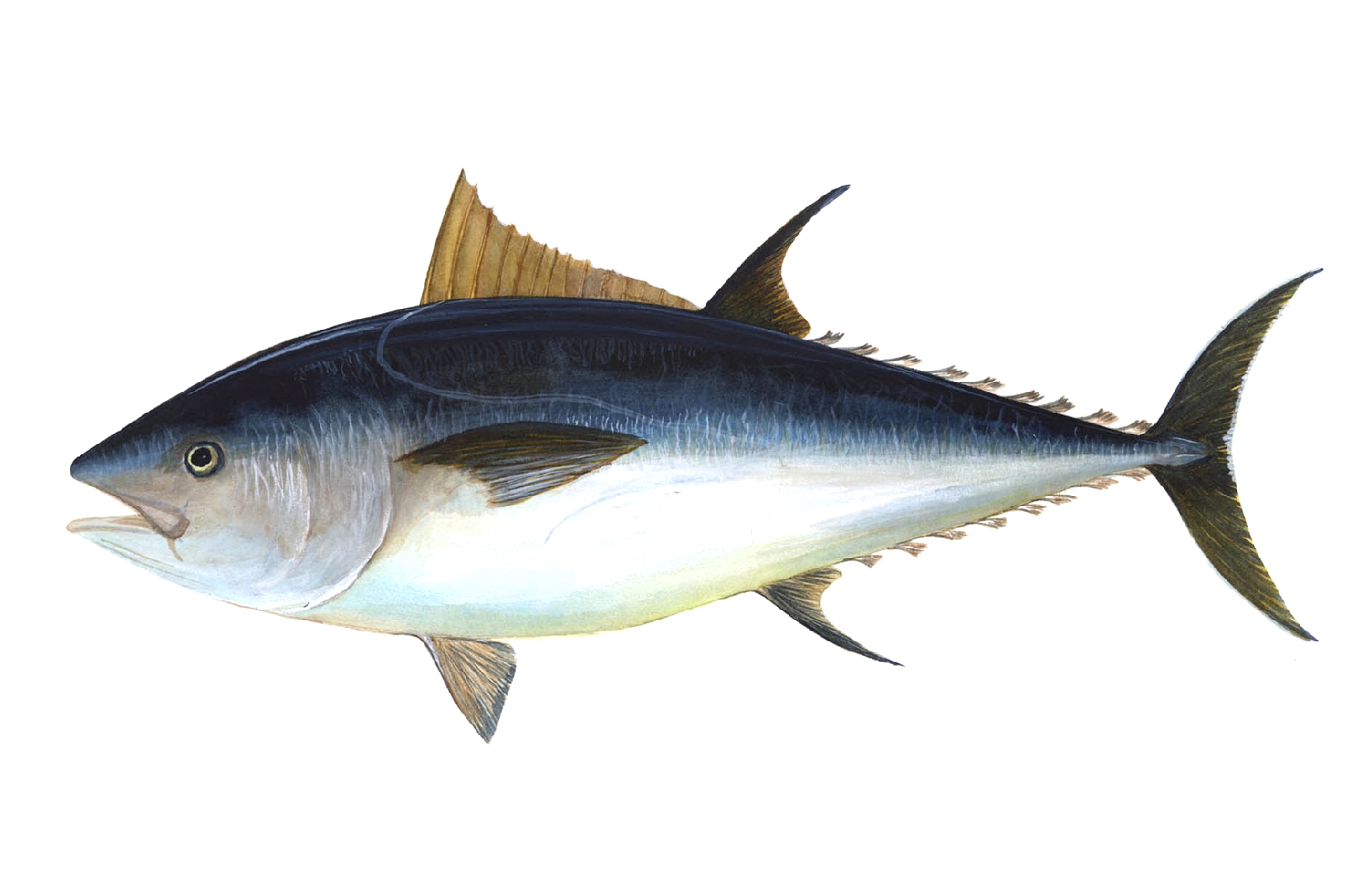The Fukushima disaster in Japan in 2011 raised fears that the release of contaminated ground water and cooling water into the Pacific Ocean could contaminate fish that are caught for human consumption. TEPCO’s plan to release almost eight hundred thousand tons of tritium contaminated water into the Pacific Ocean is awaiting government approval. This has reignited the debate over the dangers posed by such releases.
Shortly after the Fukushima disaster, raised levels of radioactive cesium were found in bluefin and albacore tuna caught off the coast of California. Since ocean currents would take up to two years to move water from Japan to California, the presence of the cesium in the tuna indicated that those fish had swum six thousand miles in about two months to get to California from Japan.
These studies were undertaken to help understand the migratory patterns of the tuna but the presence of cesium from the Fukushima disaster did raise concerns about public health. Although the amount of cesium in the tuna was too low to be make the tuna dangerous for people to consume, public concern spread to other types of fish, sharks, and marine mammals as well as other areas of the U.S. and Canadian Pacific Coast.
A new study has just been released that finds the dangers of consuming meat from predatory Pacific fish such as tuna, swordfish and sharks is minimal. The study focused on cesium. Two radioactive isotopes of cesium, Cs-134 and Cs-137, are created when uranium decays in a nuclear reactor. A great amount of both of these cesium isotopes was released into the Pacific Ocean during the Fukushima disaster. They are especially dangerous because they have half lives of two years and thirty one years, respectively. They tend to accumulate in the muscle tissue of fish which are eaten by humans. Although they are washed out of human tissue within one hundred and fifty days, in large doses, they can be lethal.
Samples were taken from the tissues of predatory fish from across the northern Pacific between 2012 and 2015. These samples were from around Japan, Hawaii and California. The samples showed no detectable levels of Cs-134. Levels of Cs-137 were the same as the background levels set by nuclear testing in the Pacific in the 1940 and 1950s.
The lead author of the study said, “Our measurements and associated calculations of how much radioactive cesium a person would ingest by eating this seafood shows that impacts to human health are likely to be negligible. For marketed fish to be restricted from trade, the cesium levels would have to be more than 1,600 times higher than in any samples we measured.”
A co-author of the study said, "One goal of our study was to put these perceived risks in context by surveying a broad range of vertebrate species across the entire North Pacific for the presence or absence of Fukushima-derived radioactive cesium. Our results, which show very low or undetectable levels in these animals, are important both for public perception of seafood safety and for scientific understanding of radionuclide transfer. Go ahead and eat some sushi! Our work shows that radioactivity from the Fukushima disaster is very low in open-ocean vertebrates.”
Bluefin tuna:
